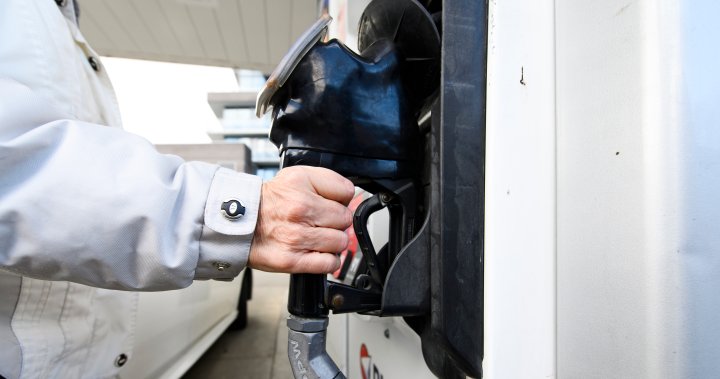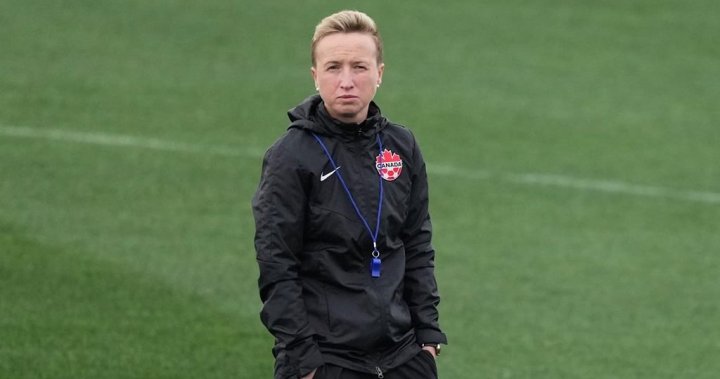Average gas prices across Canada have risen significantly in March, according to data from GasBuddy released Monday, and Toronto saw some of the steepest increases.
Average retail gasoline prices in Toronto have risen 11 cents per litre in the past week, averaging 153.04 cents per litre Sunday, according to GasBuddy’s daily survey of 1,082 gas outlets in the city.
This compares with the national average that has increased 4.7 cents per litre in the last week to 155.31 cents per litre, according to GasBuddy.com.
Patrick De Haan, head of petroleum analysis at GasBuddy, told Global News there are three major factors behind the March increase.
“Spring break travel is occurring. Warmer weather is getting closer. So we are seeing demand rise for gasoline. Last week, according to GasBuddy data, we saw demand increase of three per cent,” he said.
He added that the impact was being felt differently across the country.
“Ontario saw the biggest increase in the last week with prices up $0.10 a litre. B.C. saw prices jump about $0.07 a litre, Quebec up about $0.06. Whereas Newfoundland, Alberta and New Brunswick all saw prices moderately lower than a week ago.”
He added, “It’s also happening at the time of year that we are making the transition over to mandated summer gasoline, which tends to be more expensive to produce, as well as refinery maintenance work, which is limiting the supply of that summer gasoline as we’re making the transition over to it.”
Financial news and insights
delivered to your email every Saturday.
Financial news and insights
delivered to your email every Saturday.
De Haan said there was more bad news for Canadians at the pump.
“I would expect, broadly, gas prices to likely continue rising in much of Canada through potentially, Victoria Day before we start to see some improvement,” he said.
Rising gas prices likely contributed to a higher inflation number for February, some economists have predicted ahead of Tuesday’s report.
How can you save at the pump?
If you need gas, De Haan says you might want to check where you’re filling up.
“I certainly would urge motorists to shop around before they fill their tank up, because there’s many different Canadian cities where prices could vary $0.5 to $0.10 a litre, sometimes even more dramatically,” he said.
De Haan said this can be done on gas price apps and Google.
He added, “Trying to drive more fuel-efficiently certainly can help. Using cruise control when on highways can do a wonder to your fuel economy.”
Lanrick Bennett Jr., a Toronto-based bike advocate, said high gas prices and warming weather might prompt some Canadians to consider transportation alternatives.
“If you’re in an urban setting and your point A to point B is 20 km (or less), you can do that by bike or public transit,” he said. “You just have to take a bit of time to kind of plot your route out.”
He said Canadians could save a lot of money by replacing some, if not all, of their car trips with biking, walking and public transit.
De Haan agreed, noting that “taking public transit certainly can help defray your costs for those easier road trips.”
But it’s not all bad news for Canadians concerned about affordability.
“Diesel prices have been falling. They stand at about $1.65 a litre across Canada, whereas gasoline prices have been increasing and now stand at about $1.57 a litre,” De Haan said.
“That is part of the reason why some of the inflationary numbers have been slowing is because the price of diesel has been moderating.”
© 2024 Global News, a division of Corus Entertainment Inc.





